
Volvo V40 Hatchback (2012-2019) engines, drive and performance
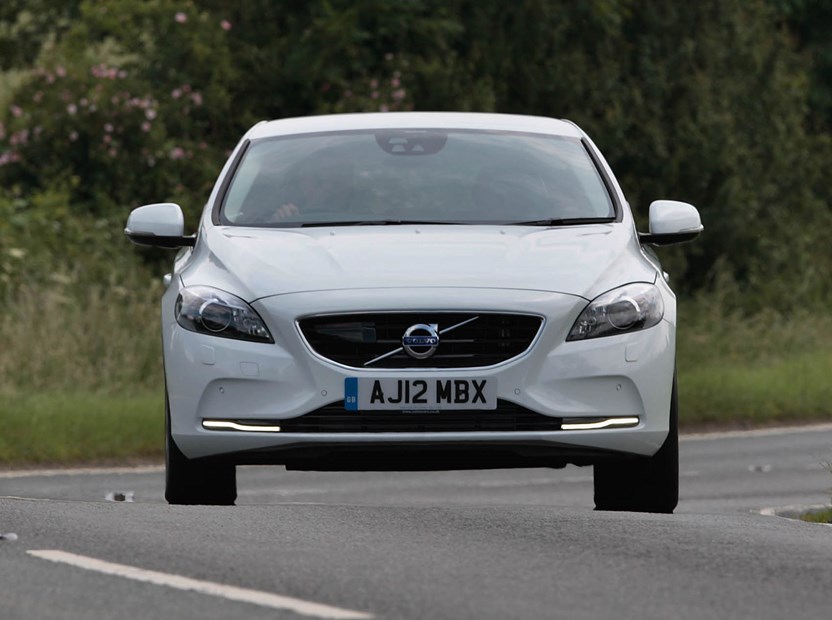
- Just two petrols and two diesels available
- Decent performance and economy across the range
- Still feels good to drive
Since 2018, the Volvo V40’s engine range has been slimmed down to just four. Kicking off the V40 range is the T2 petrol, offering 120hp and 220Nm, whether you go for the manual gearbox or automatic. The manual car completes the 0-62mph sprint in 10.4 seconds, while the auto is the nippier of the two, completing it in 9.8 seconds. Confusingly, if you choose the manual version, the engine is a 2.0-litre, whereas the automatic-equipped car is a 1.5-litre.
It’s the same story with the T3. Both manual and automatic version put out 152hp and 250Nm of torque. The manual will get from 0-62mph in 8.9 seconds and the auto in 8.3 seconds, with both reacing a 130mph top speed.
Neither feel especially rapid, but both engines are exceptionally quiet on the move, providing more than adequate performance. Paired with the manual gearbox, it’s quite rewarding to drive as it’s slick in its action via the short, stubby gearlever. It can be a bit too easy to rev the V40 a bit too much – especially in the T3 – but you just need to be a bit more delicate with the pedals.
Diesel engines add punch and economy
Both diesel engines use a 2.0-litre four-cylinder powertrain, kicking off with the D2. This engine produces 120hp and a useful 280Nm of torque, with a choice of manual and automatic gearboxes – both of which have six speeds.
With the manual gearbox it’ll get from 0-62mph in 10.6 seconds, with the auto marginally faster at 10.5 seconds. Both will reach 118mph top speed. If you want more oomph, the D3 could be what you’re after with 150hp and 320Nm of torque. This provides similar levels of performance to the T3, completing the 0-62mph sprint in 8.6 and 8.5 seconds for the manual and auto respectively.
There are three driving modes – Elegance, Eco and Performance – but the default mode is Elegance which means you get amber illumination on the display. Choose the Eco mode and the dials change to green while an eco meter is displayed on the left of the display. The current and accumulated fuel consumption figures are displayed and a green light will notify you when you are driving in an environmentally friendly way.
The Performance mode turns the display to red to create a sporty atmosphere. In the centre a rev counter bar replaces the speed scale displayed in the Elegance and Eco versions. The vehicle speed is shown digitally in the centre of the display while the right display includes a power meter that informs the driver how much power is available and how much power is being used at any given moment.
Versions no longer available new
Previously, buyers could choose the top 245hp 2.0-litre T5 engine and the benchmark sprint would take you 6.2 seconds and it had a top speed of 149mph, in automatic only.
On the diesel front, a VW Golf GTD-rivalling D4 was available with 190hp. It could crack the 0-62mph sprint in 7.2 seconds and promised 74mpg in return. It’s as quick as it sounds and well worth seeking one out, if you fancy combining performance with your economy.
How does it drive?
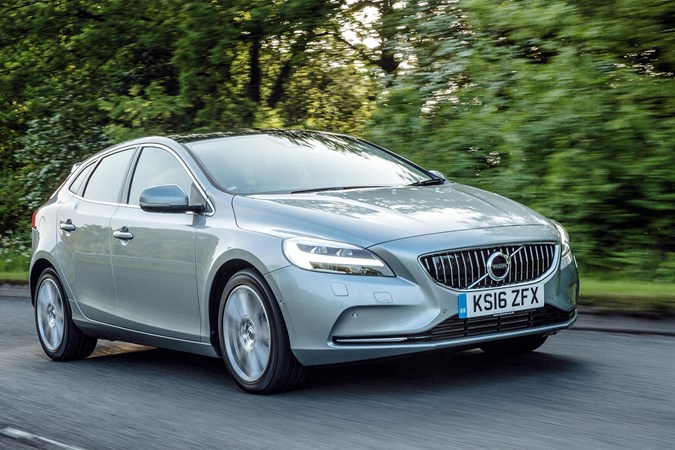
On the road the Volvo V40 is still not as sharp to drive as a BMW 1 Series but feels very similar to the Volkswagen Golf. The majority of buyers will be more than happy with the way the V40 handles because there’s little body lean when cornering. The V40 has an adequate amount of front-end grip while the car feels agile when on B roads.
Enthusiasts will be quick to configure the ‘My Car’ settings on the centre console and the more enthusiastic drivers will probably set the steering setting to ‘high’. This makes the steering faster and sharper than when on ‘low’ and ‘medium’ modes. The only problem is that enthusiasts will be disappointed at the lack of feel coming through the steering wheel. In all modes the steering feels artificial and you never really feel at one with the car.
Our pick of the range is the D3 (in the absence of the D4), and despite its low CO2 rating, this is no hair-shirted eco-weeny special: 0-62mph takes just 8.4sec and performance is quite lively thanks to 150hp and a stout 250Nm of torque, or pulling power. The manual transmission has a slightly cumbersome gearchange quality, but the engine feels competitively refined and powerful enough to keep up with the Joneses for regular family or business use.
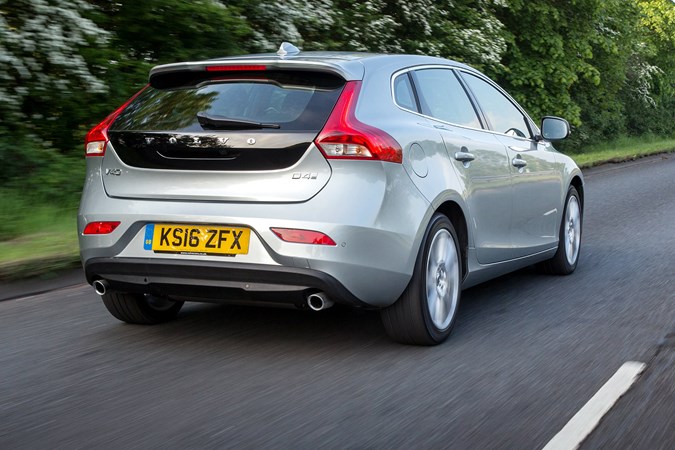


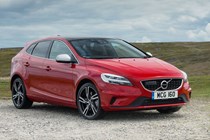
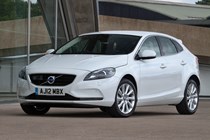
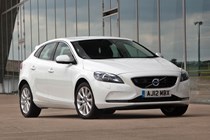
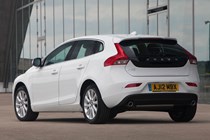
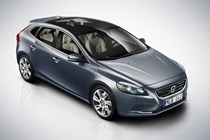
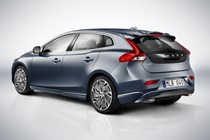
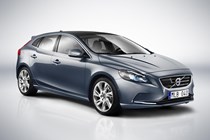
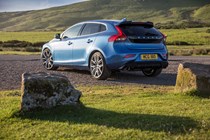
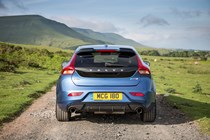
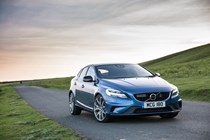
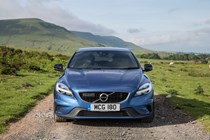
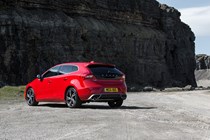

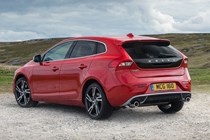
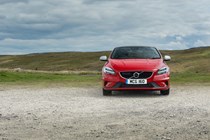
.jpg)
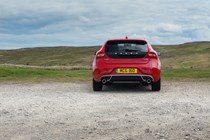
.jpg)
.jpg)
.jpg)
.jpg)
.jpg)
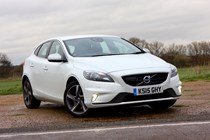
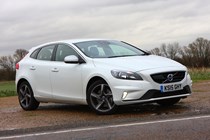
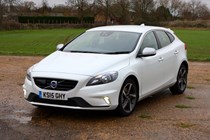
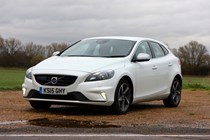
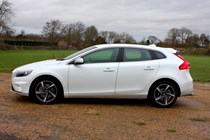
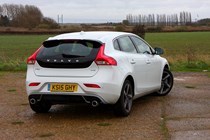
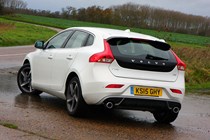
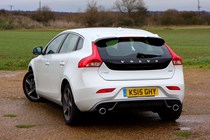
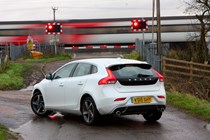
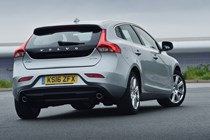

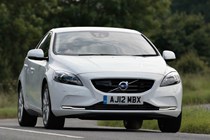

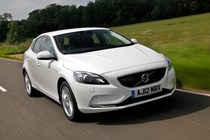
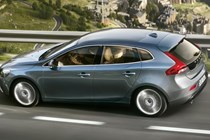
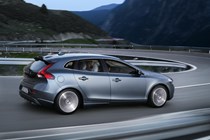

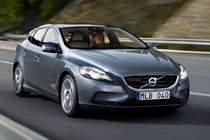
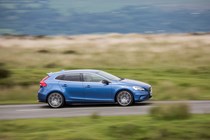
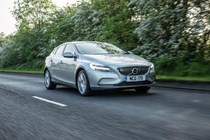
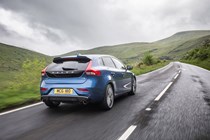
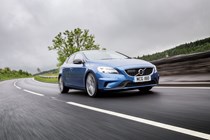
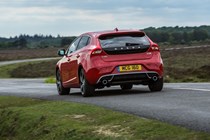

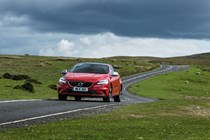
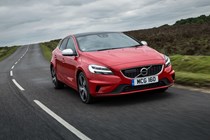
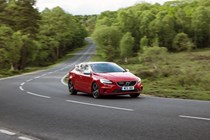
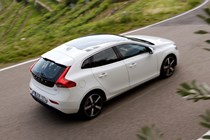
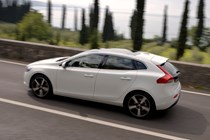
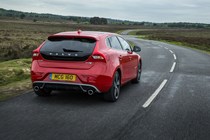
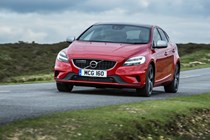


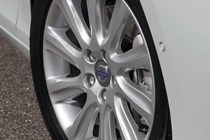
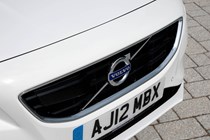
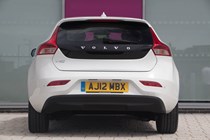

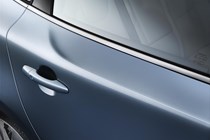

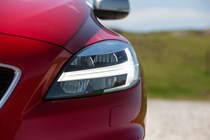
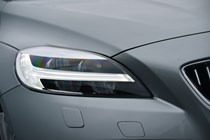
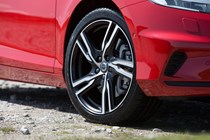
.jpg)
.jpg)
.jpg)
.jpg)
.jpg)
.jpg)
.jpg)
.jpg)
.jpg)
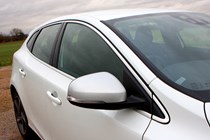
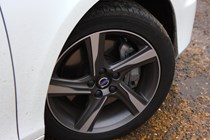
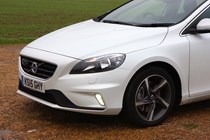

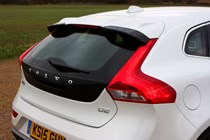

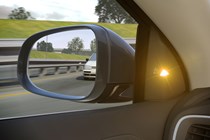
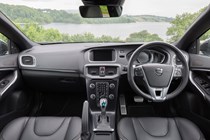
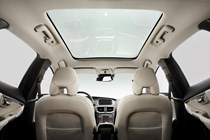
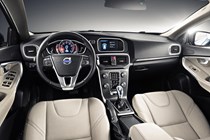
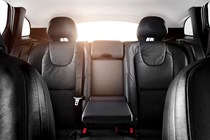
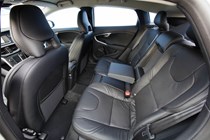
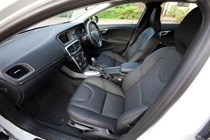
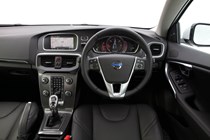
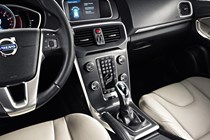
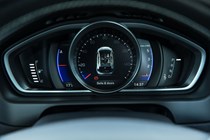
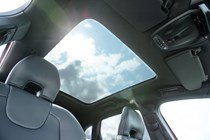
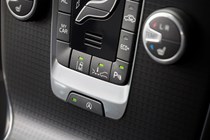
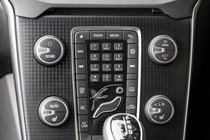
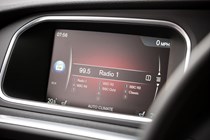
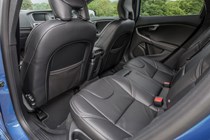
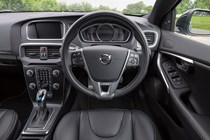
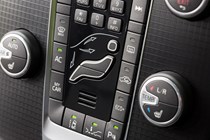
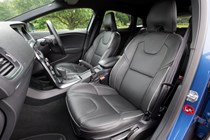
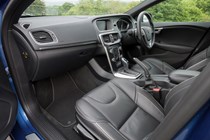
.jpg)
.jpg)
.jpg)
.jpg)
.jpg)
.jpg)
.jpg)
.jpg)
.jpg)
.jpg)
.jpg)
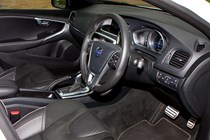
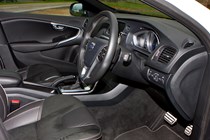
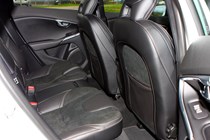
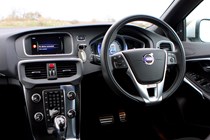
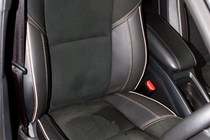

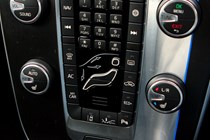
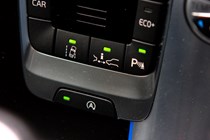
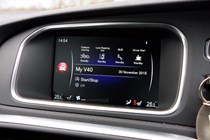
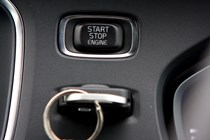

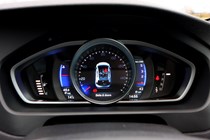
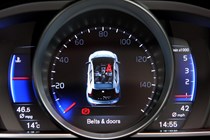
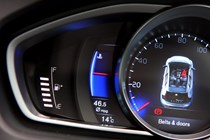
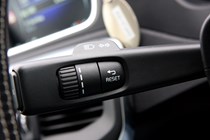
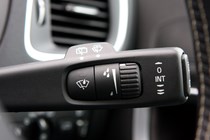
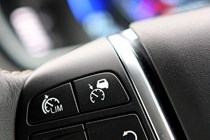
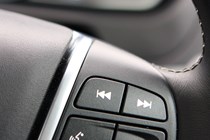
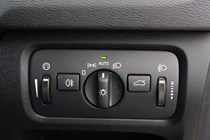
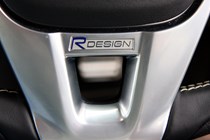
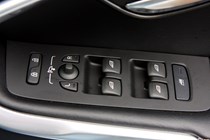
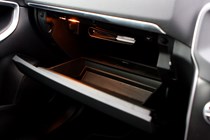
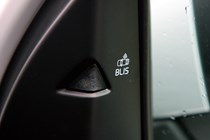
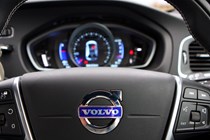
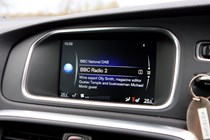
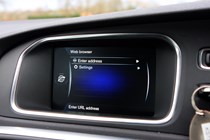
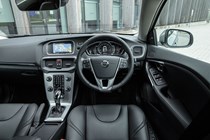
.jpg)
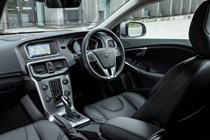
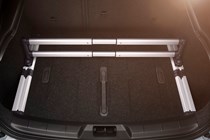
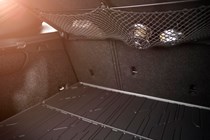
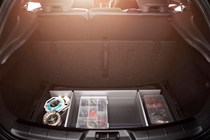
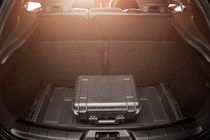
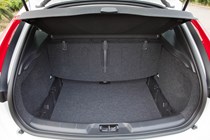
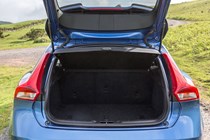
.jpg)
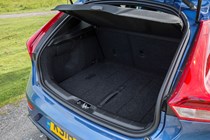
.jpg)
.jpg)
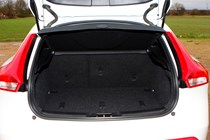
.jpg)
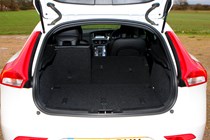
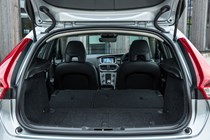
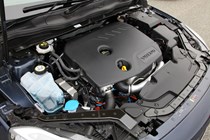
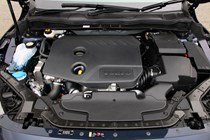
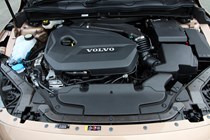
.jpg)
.jpg)
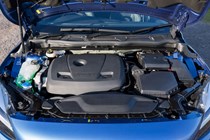
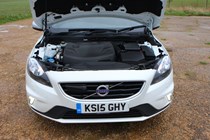
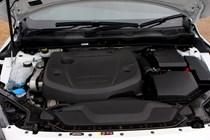
.jpg)
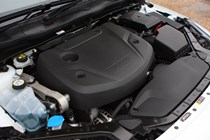















.jpg?quality=50)

.jpg?quality=50)
.jpg?quality=50)
.jpg?quality=50)
.jpg?quality=50)
.jpg?quality=50)










































.jpg?quality=50)
.jpg?quality=50)
.jpg?quality=50)
.jpg?quality=50)
.jpg?quality=50)
.jpg?quality=50)
.jpg?quality=50)
.jpg?quality=50)
.jpg?quality=50)

























.jpg?quality=50)
.jpg?quality=50)
.jpg?quality=50)
.jpg?quality=50)
.jpg?quality=50)
.jpg?quality=50)
.jpg?quality=50)
.jpg?quality=50)
.jpg?quality=50)
.jpg?quality=50)
.jpg?quality=50)



























.jpg?quality=50)







.jpg?quality=50)

.jpg?quality=50)
.jpg?quality=50)

.jpg?quality=50)





.jpg?quality=50)
.jpg?quality=50)



.jpg?quality=50)
